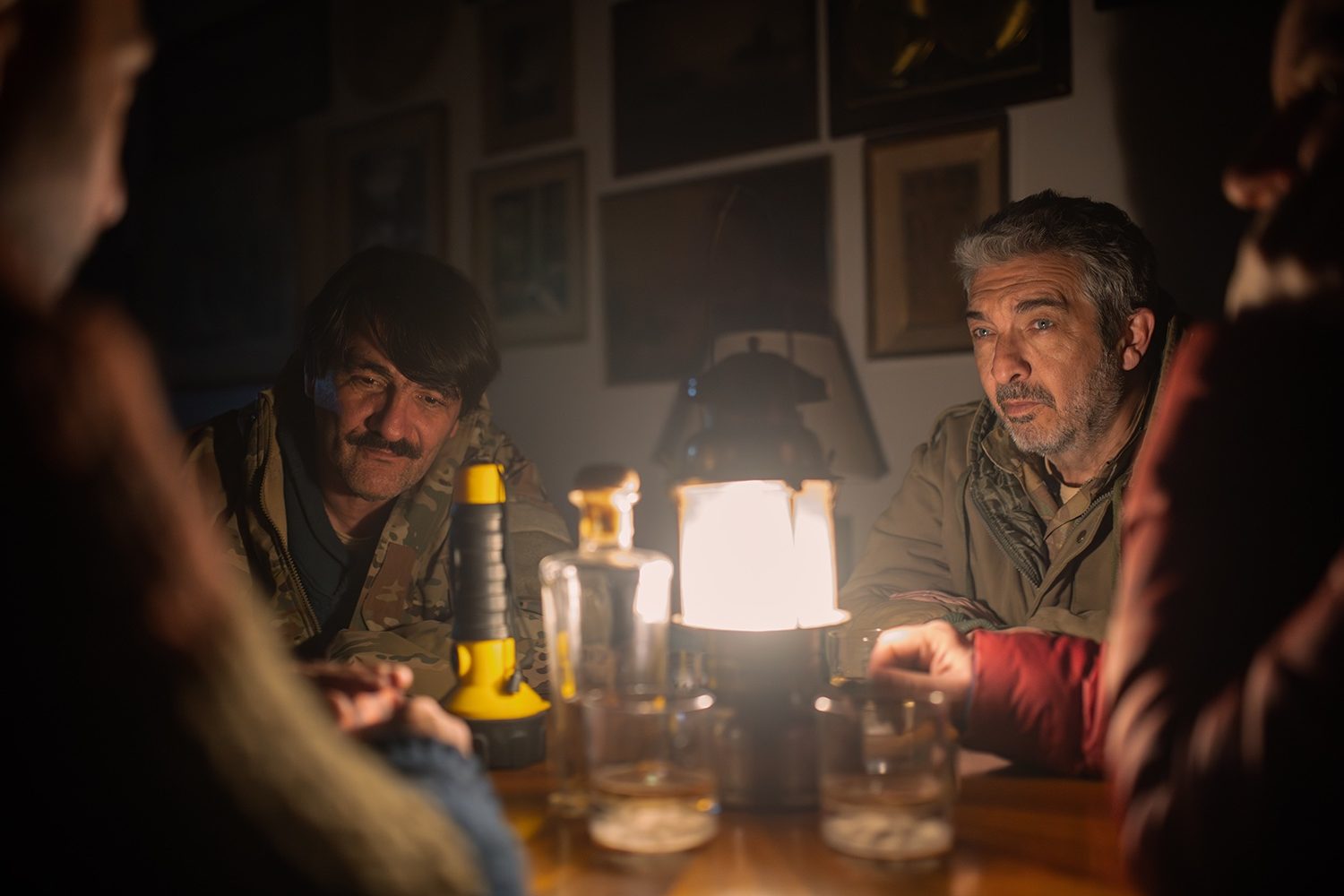When Kim Kardashian wore Marilyn Monroe’s dress to the Met Ball back in May, the world was aghast. Many claimed the dress was damaged (something the owners deny), and the dress’s original designer, Bob Mackie, told the world it was a “big mistake,” saying, “Nobody else should be seen in that dress.” Some of the concerns came from the fact that Kim Kardashian had had to lose a significant amount of weight to fit the blonde bombshell’s proportions — the dress was so tight on Monroe that she’d had to be sewn into it — and that it set a dangerous precedent for the preservation of historical costumes.
But if everyone who was exclaiming their horror in magazines, newspapers, and on Twitter was honest, it was less the fate of the sequin-embellished, nude-look gown that was at the forefront of everyone’s minds than it was Monroe’s legacy itself.
Ever since Monroe (then known as Norma Jeane Dougherty) first graced America’s national consciousness with her appearance in Yank magazine as one of the many women making munitions in the 1940s, she has occupied a curious place in the American psyche.
Simultaneously childish (that laugh) and mature (those curves), innocent and all-too knowing, pin-up beautiful and girl-next-door approachable, she had as many chameleonic identities as she had names: Norma Jeane Mortenson, Baker, and Dougherty, and Marilyn and Mona Monroe. Fittingly, she has been the subject of hundreds of books, films, and plays since her untimely death at the age of 36 in 1962.
;768:[300×250,336×280,320×100];0:[300×250,320×100,320×50]”]This September, Netflix is bringing us yet another incarnation of the actress. Blonde, based on the 2000 novel by Joyce Carol Oates, is to be released on September 17. A trailer (alternately called “disturbing,” “evocative,” and “stunning”) was released last month, along with the news that the film will have an NC-17 rating, a dubious accolade rarely awarded in contemporary cinema. In the trailer, the Cuban actress Ana de Armas appears uncannily like Monroe.
Oates’s original novel is a brick of over 700 pages, featuring fictional poems and diary entries alongside the narrative. It’s a self-described “distilled ‘life’ in the form of fiction.” Oates takes the key elements of Monroe’s life (the schizophrenic mother, the childhood in orphanages and foster homes, the marriage at 16, the later career and subsequent husbands) and writes them as archetypes (“The Ex-Athlete” and “The Playwright” stand in for Joe DiMaggio and Arthur Miller respectively).
The facts of Monroe’s life are embellished upon and alluded to, to the point that a new Monroe emerges in the pages. This is not a criticism: there is hardly a more fitting tribute to the queen of multiple personae and public performances than a fictionalized biography. But it does reveal something interesting — and disconcerting — about America’s most loved pop culture idol.
The film’s director, Andrew Dominik (best known for directing The Assassination of Jesse James by the Coward Robert Ford), has similarly stressed that his Blonde is fictional. But given that the film is going to explore the thornier aspects of Monroe’s life (from an on-screen rape to the reasons she might have killed herself), there is something rather uncomfortable about doing so through the medium of fiction and film.
Has Dominik — like Kardashian and Oates before him — simply taken one of Monroe’s costumes and altered it for his own needs?
;768:[300×250,336×280,320×100];0:[300×250,320×100,320×50]”]Dominik has predicted that his film might rile up fans, claiming “there is something in it to offend everyone,” and “if the audience doesn’t like it, that’s the fucking audience’s problem. It’s not running for public office.” His concern seems to be that the Monroe cinema-goers so adore may not accord with the one he depicts on screen.
For her part, Oates has expressed delight in the film: “I have seen the rough cut…and it is startling, brilliant, very disturbing and perhaps most surprisingly an utterly ‘feminist’ interpretation.” She also stated that she was “not sure that any male director has ever achieved anything [like] this.”
It is easy to say that Monroe — in every form — was fictional: she was a character the real woman wore on stage and screen, and a character the real woman tired of in her later years. Who can continue to play the innocent, trusting, naïve little girl when they have been through so much? Following this argument, a fictionalized biography that explores and unravels the “Monroe myth” is fitting.
Yet despite all this, it’s hard to escape a sense that we’re stuck in a hall of mirrors. From the breathless concern over her famous dress to the continued appetite for fictionalized versions of the painful elements of her life, it seems contemporary culture cannot stop mythologizing and pruriently examining one woman from Los Angeles — all while holding up what they say as “not quite the truth.”
From the Monroe who wore the dress to sing to JFK (itself an announcement of their not very well-hidden affair) to the Monroe who hovered behind all of the Met Gala headlines to the Monroe who will be revealed in this year’s new film, it is clear that her peculiarly unique enigma — of Marilyn, Norma Jeane, or any of her other forms — is not one that will be solved any time soon.
;768:[300×250,336×280,320×100];0:[300×250,320×100,320×50]”]
























